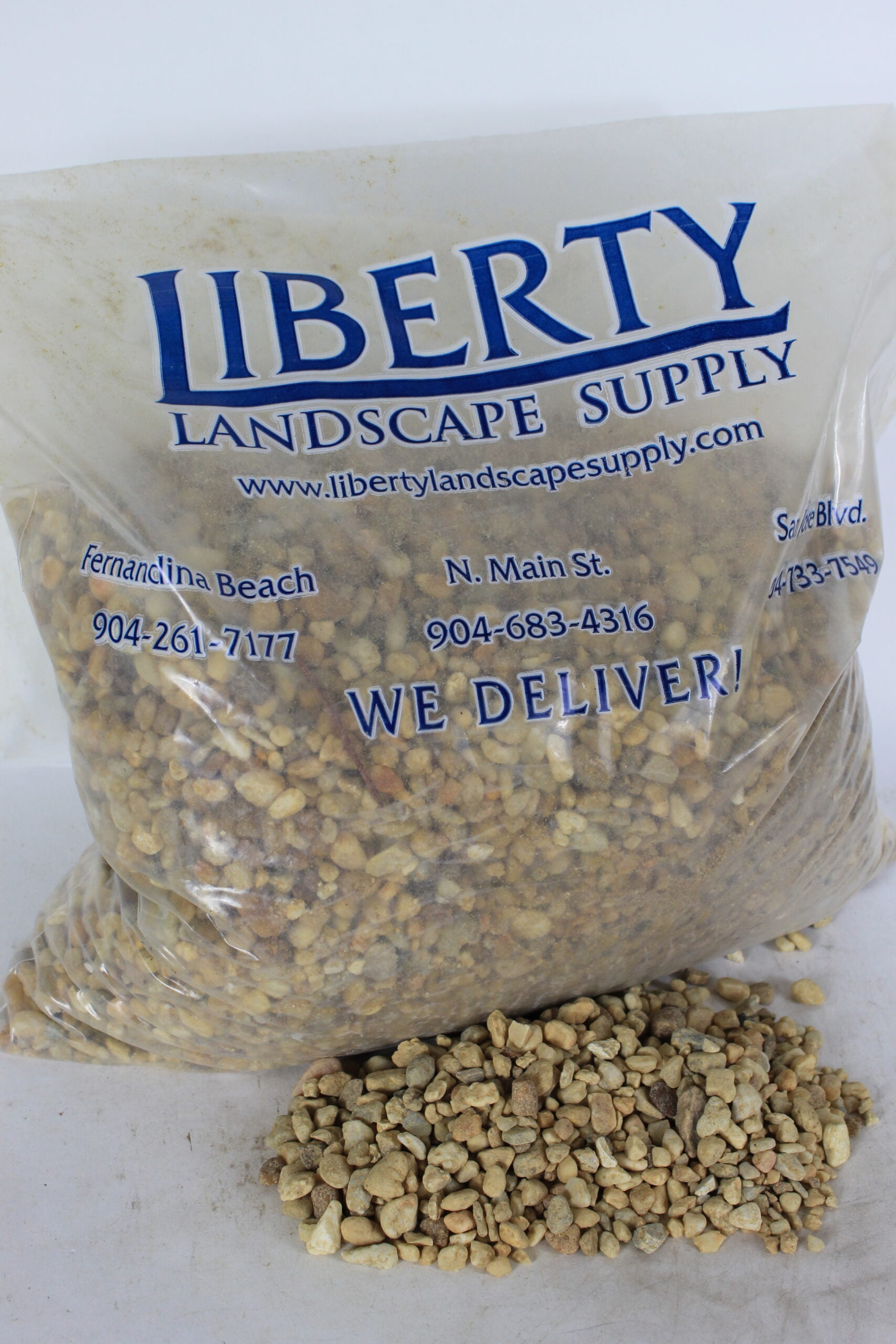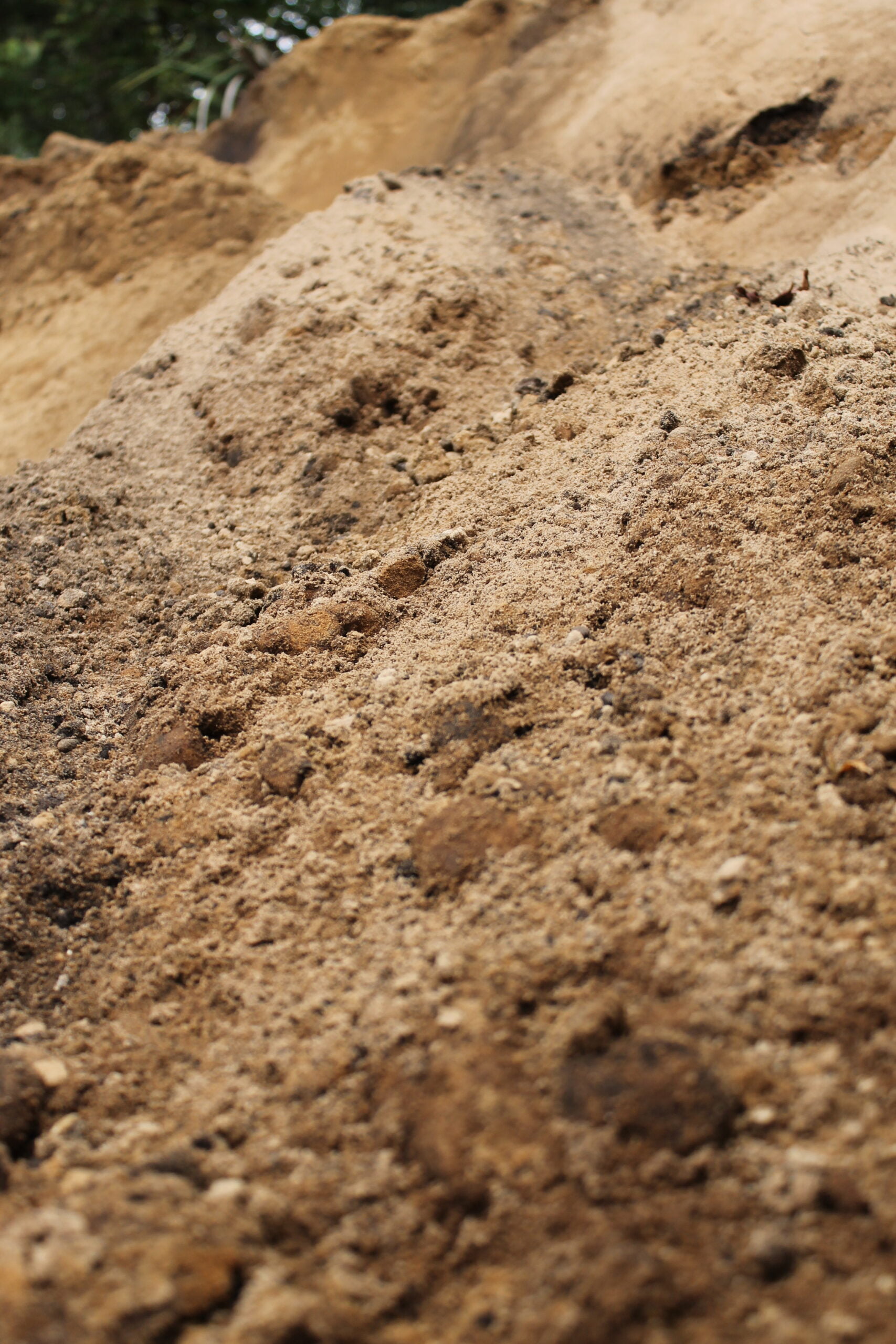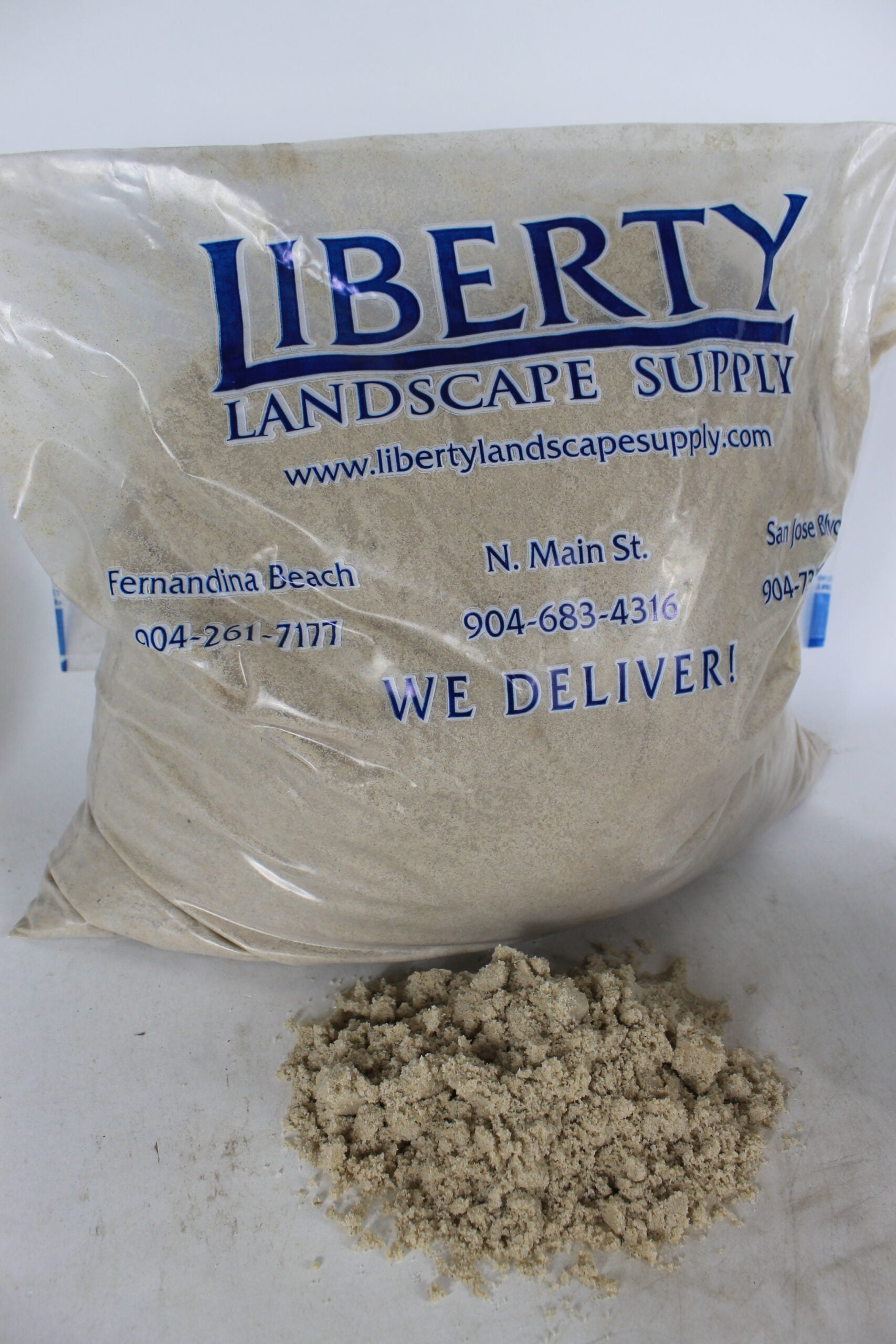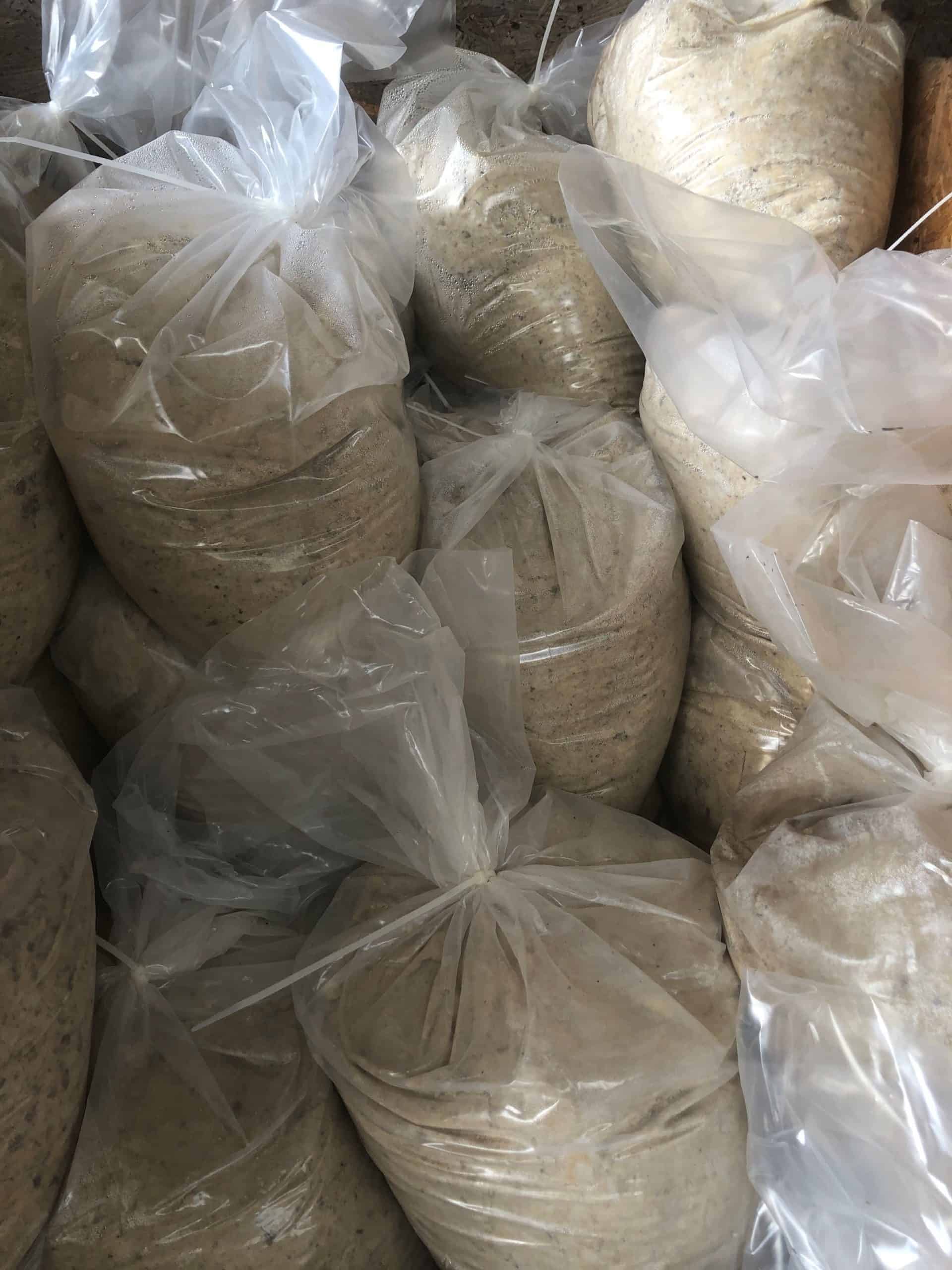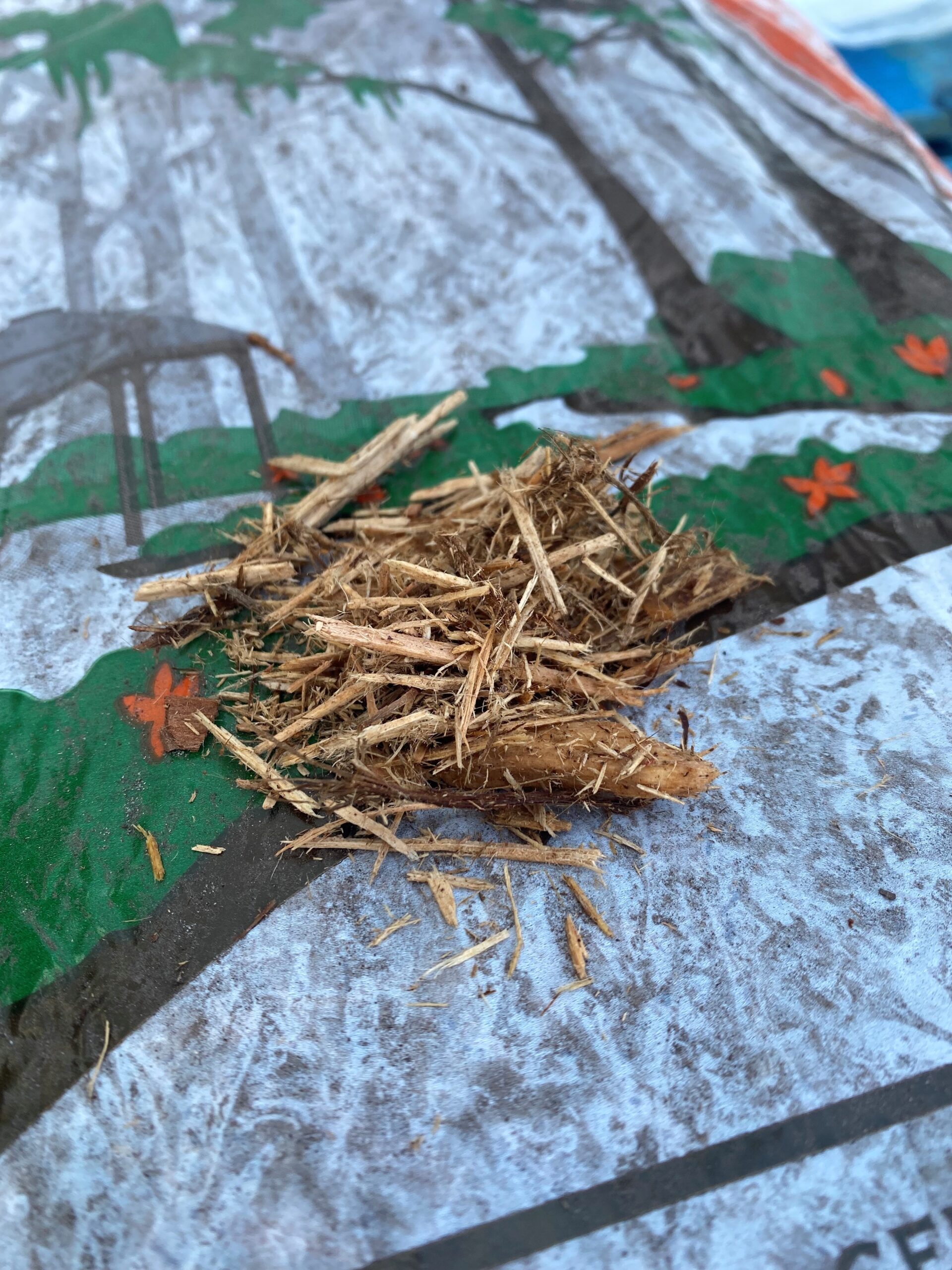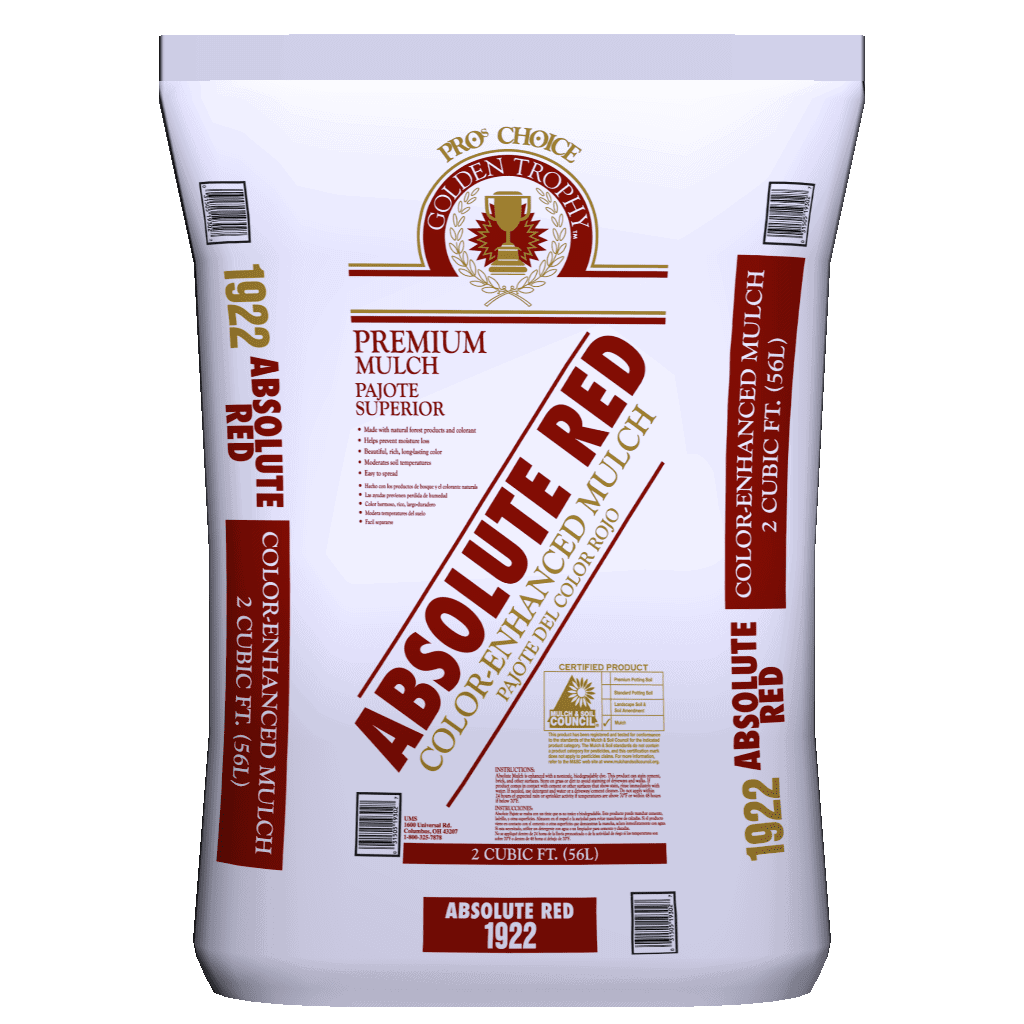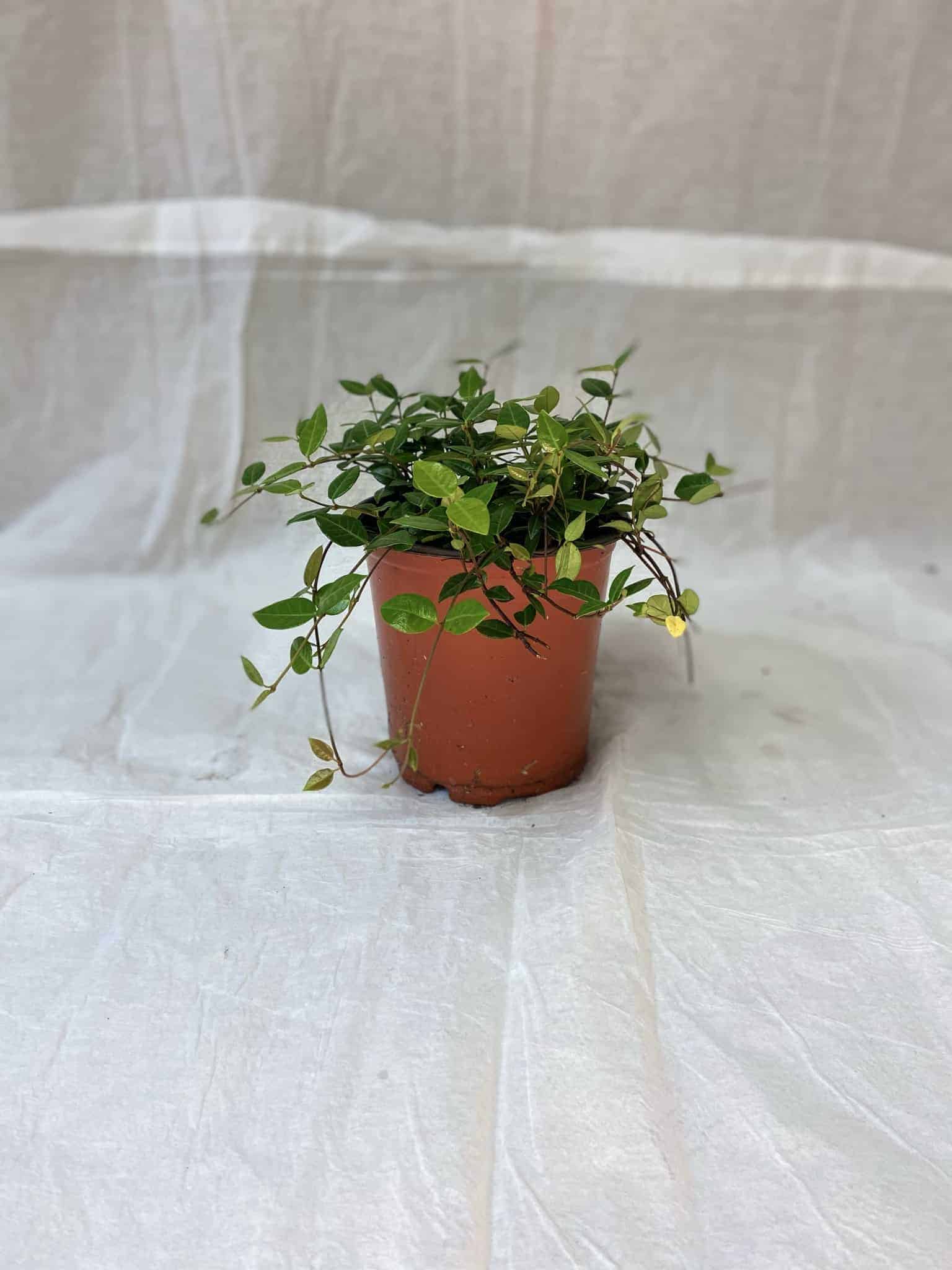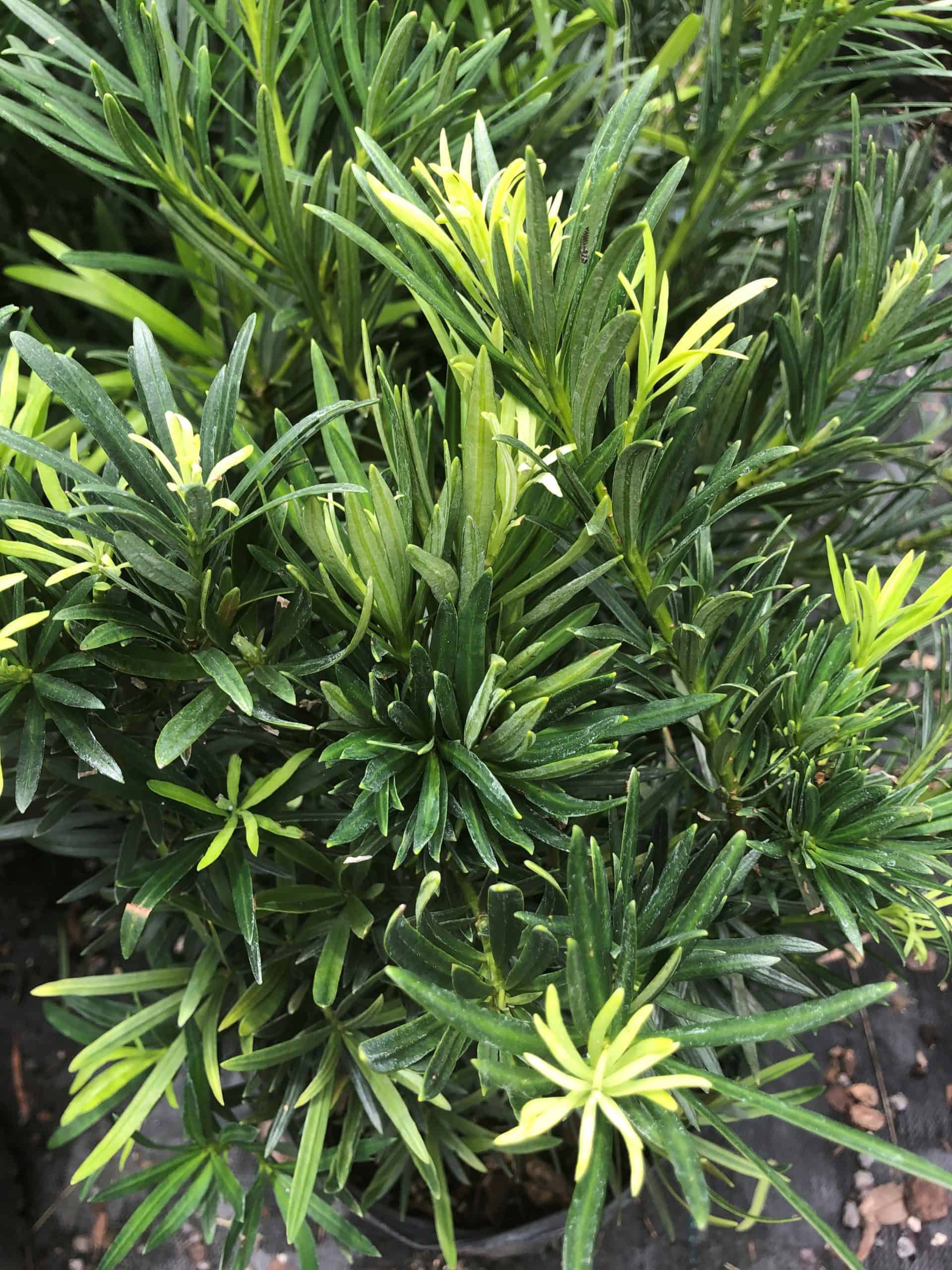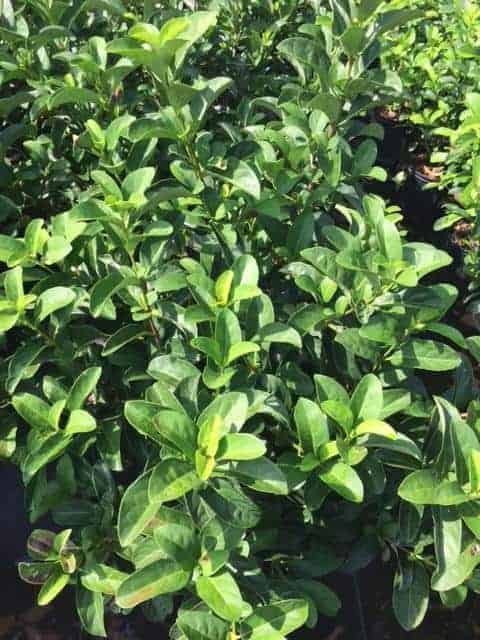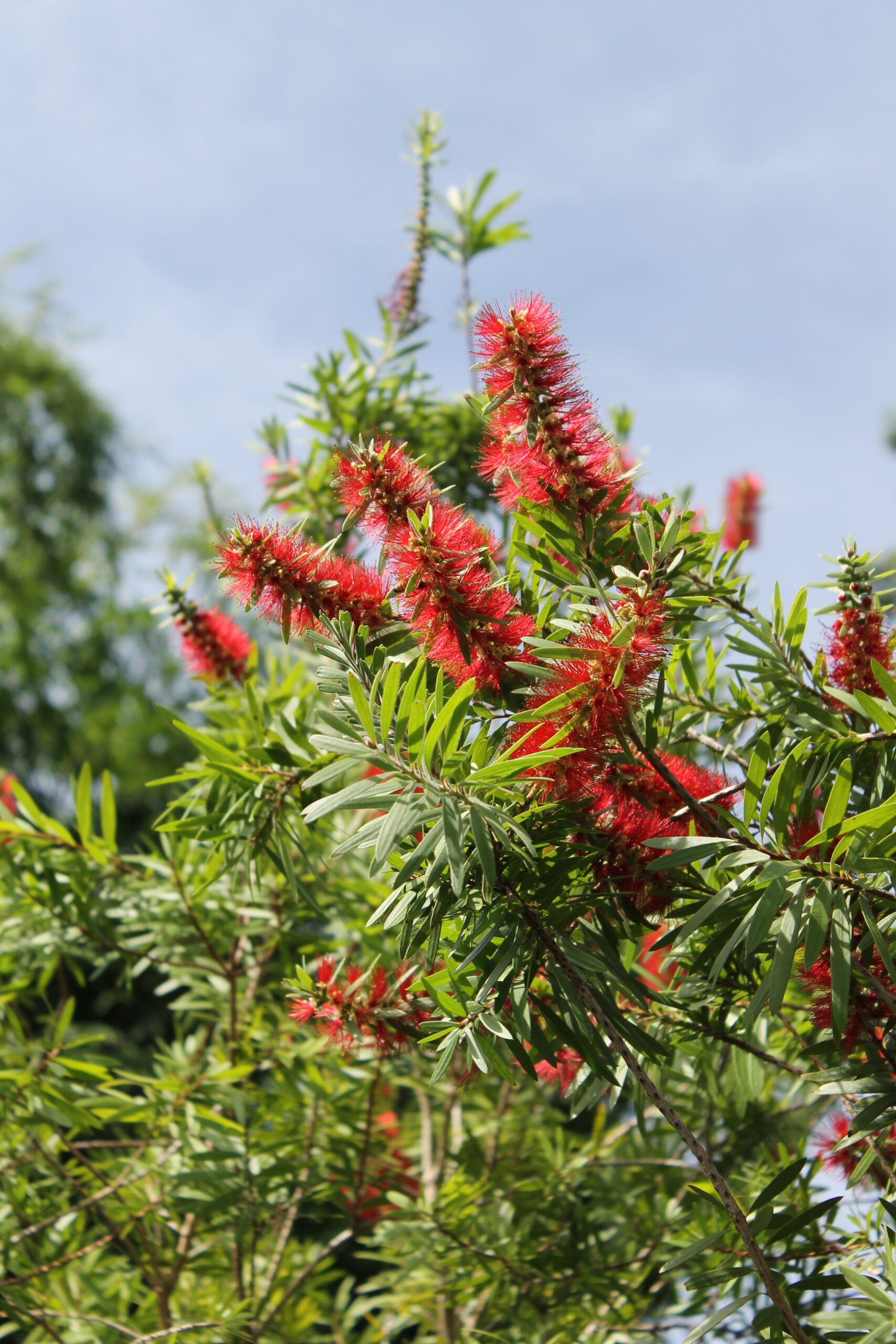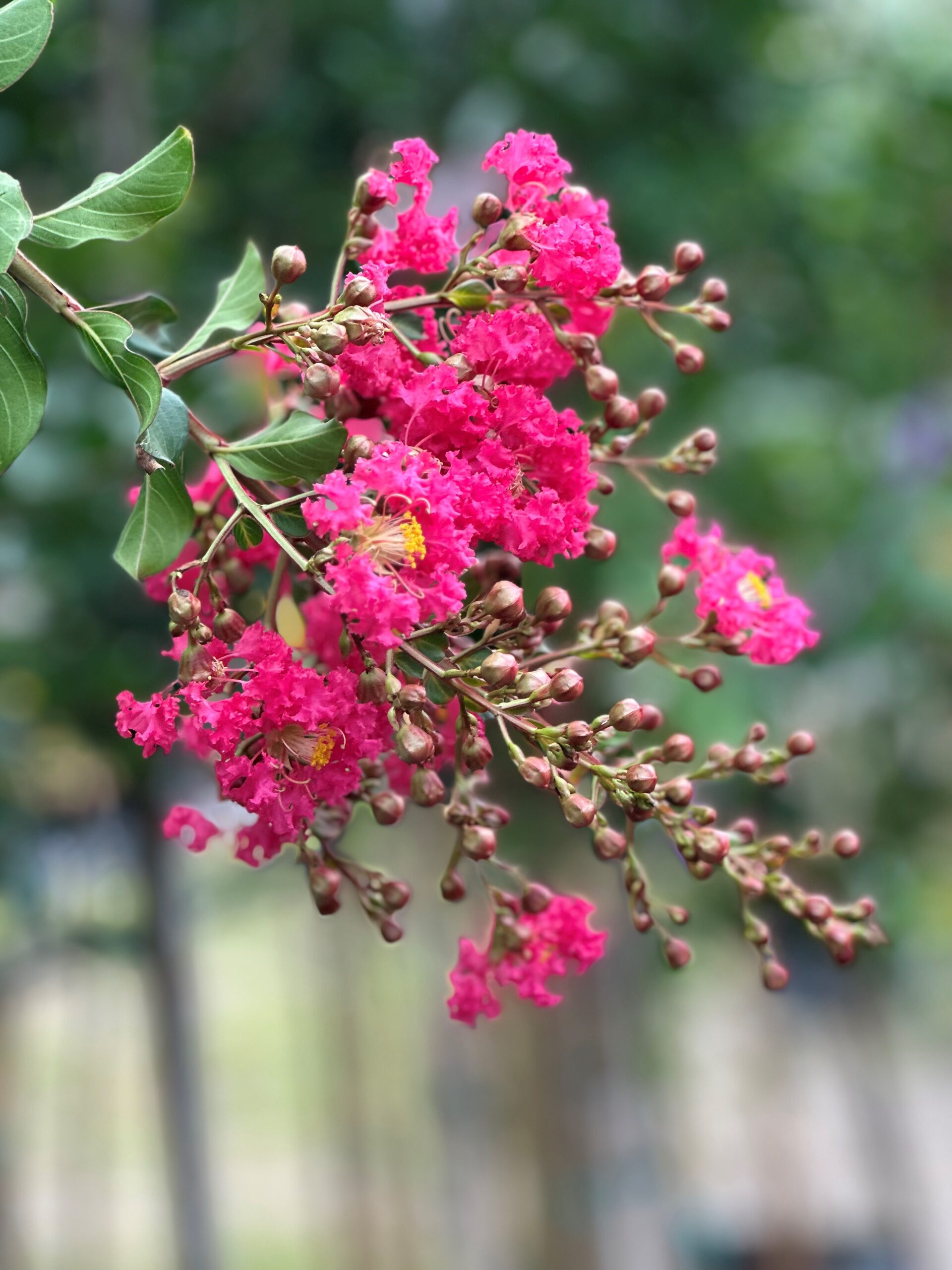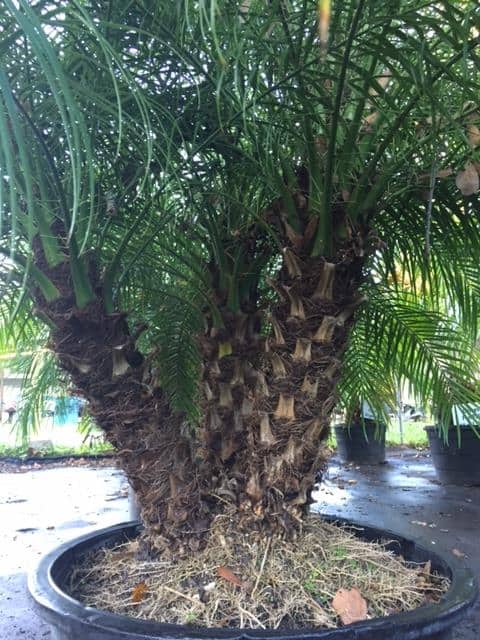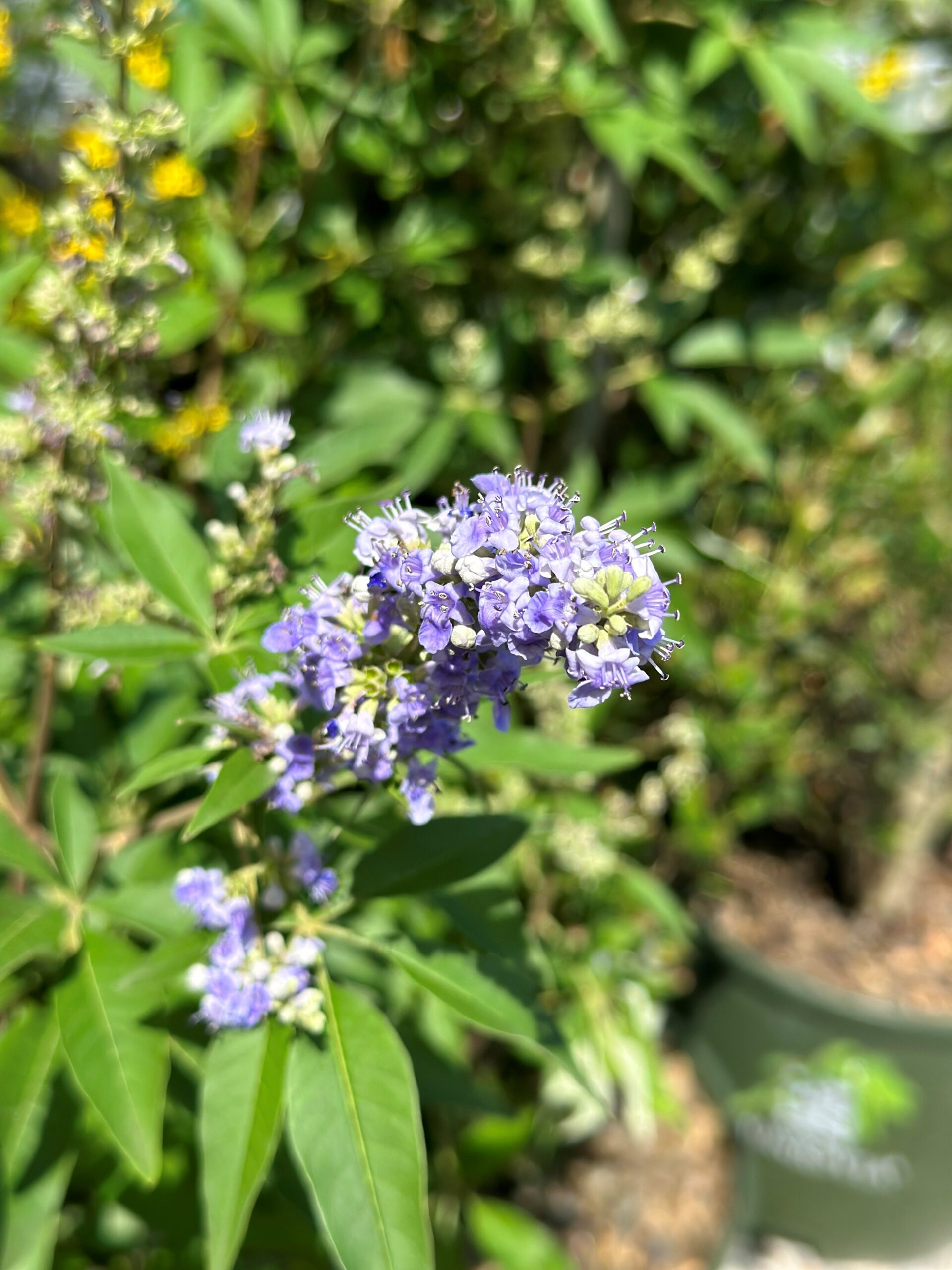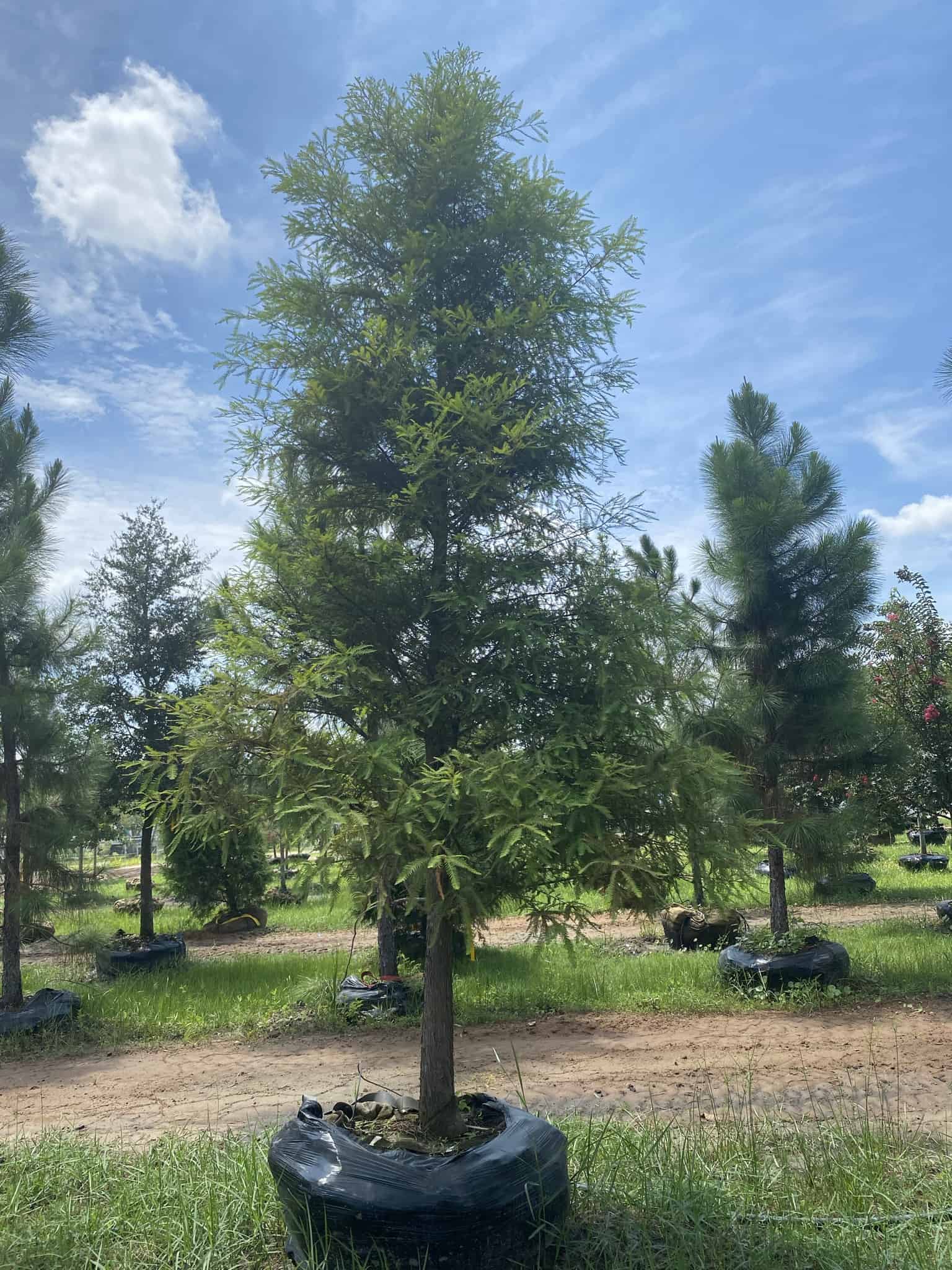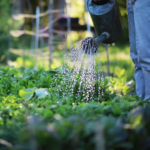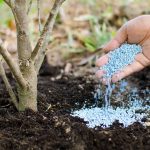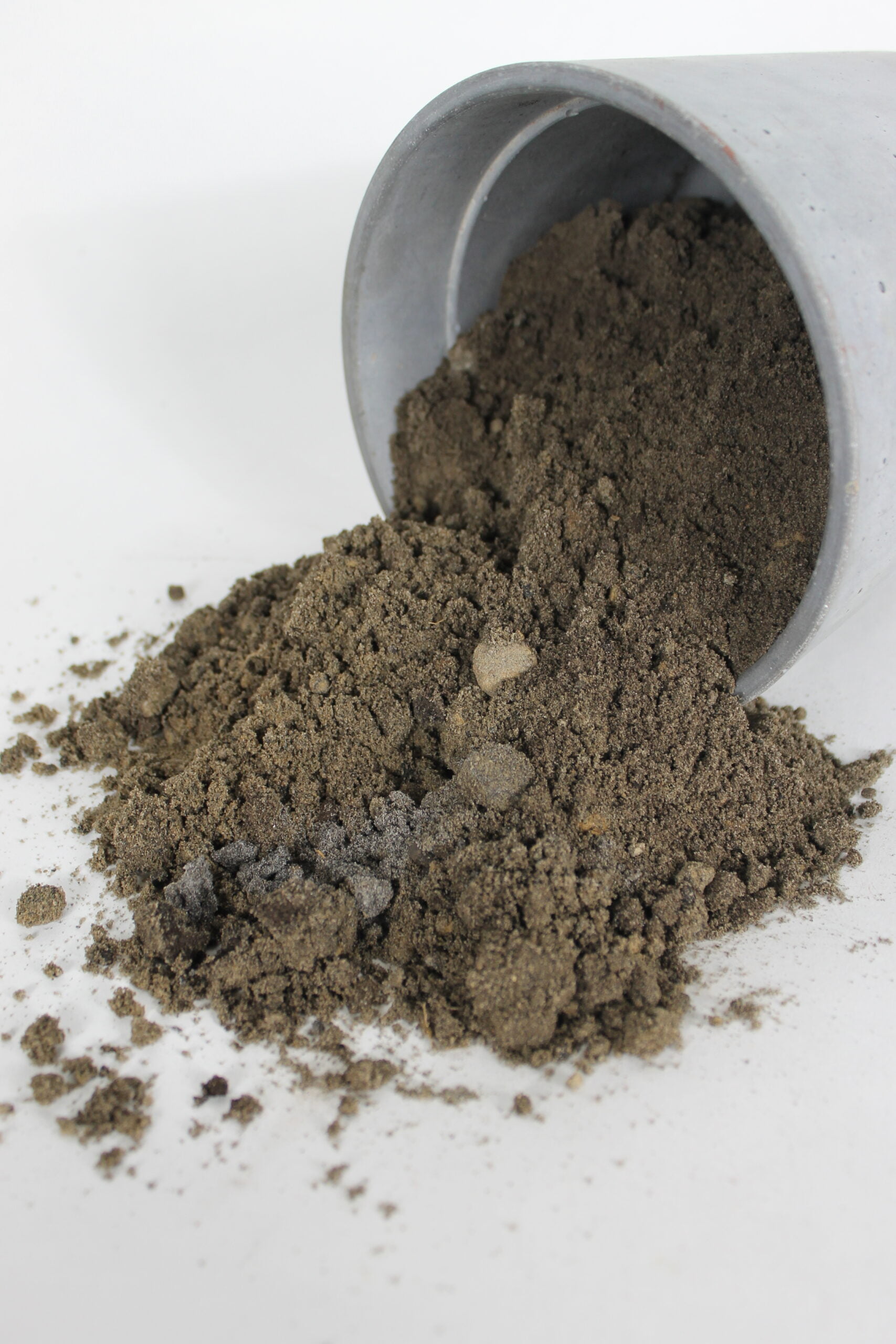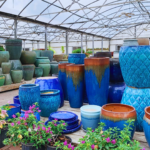1. Remove Old Sod
2. Spread Milorganite Over Soil
Mixing Milorganite (10lb available for purchase) can help establish the lawn faster and yield a lush lawn. Follow directions on the label for spreading recommendations. This would also be a good time to fill any holes or low areas with soil.
3. Saturate Soil Prior to Planting
Wetting the soil prior to planting gives it a head start to rooting itself.
4. Cut the First Piece of Sod in Half
When you start the second row, cut that piece a third of the way, and the third row should start with a whole piece. It’s like staggering tile, it will eliminate straight lines for water run off.
5. Avoid Pillowing
Pillowing is when the sod edges butt up together; they almost lift each other up at the corners. The edges will dry. To avoid pillowing do not push sod firmly together, instead lay sod in place. If pillowing occurs, continue to water and it will green up.
6. Leave a Quarter inch of Space against Hard Edges such as Pavers, Sidewalks, etc…putting it too close can burn immediately and it will die back anyway
7. Lastly, Water, Water, Water
Water daily for 45 minutes for a minimum of one week in the summer time. In winter water 3 times a week. This will vary depending on amount of shade or sun your yard gets. During the second week you may want to cut it back to 3-4 days in summer and 2 days a week in winter. Tug on the sod, if it resist a bit, than new roots are starting to break ground and establish. New roots will be white. If it rains, take that into consideration and adjust your water schedule appropriately.

For general lawn care tips, check out the recommendations by the University of Florida Nassau County Extension Office

